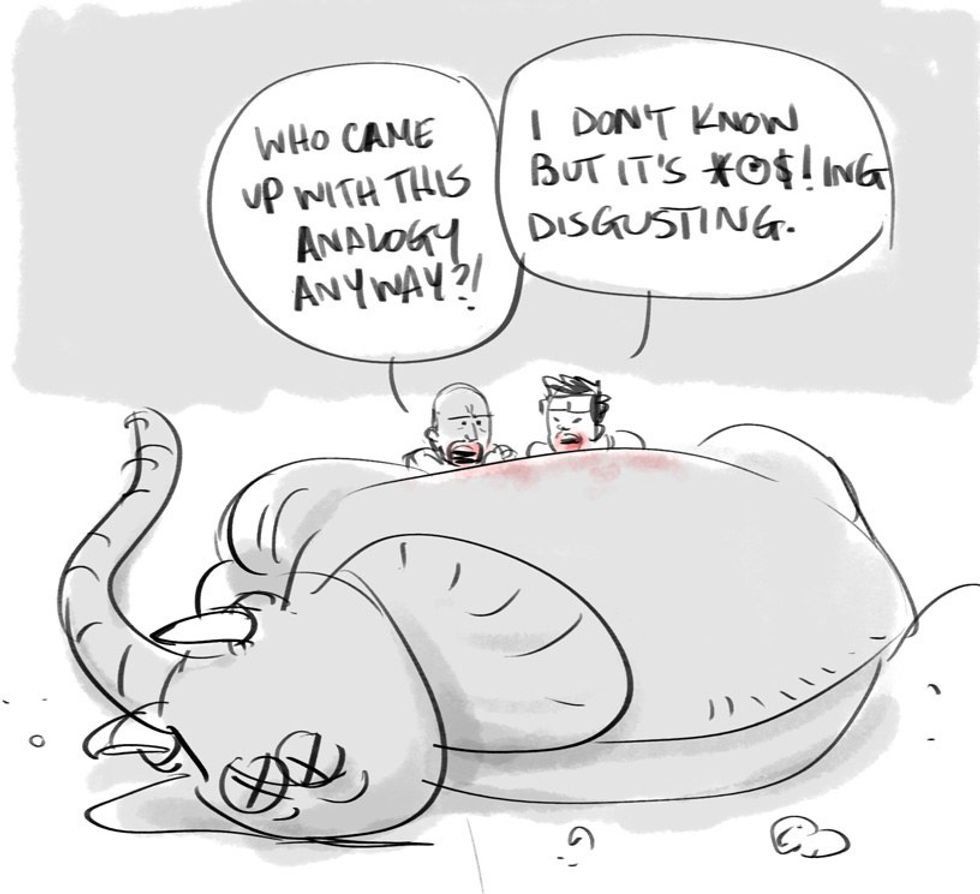Are you feeling anxious? What about stressed? Do you feel you experience insomnia or restlessness? Could you be struggling with concentration? Are you stuck in your creative process? There are several remedies available for any of these agitations, but what if there was a highly accessible remedy for all of the above?
The answer, for many, lies in triggering one’s ASMR, or autonomous sensory meridian response. The response is most often triggered by auditory stimuli, though visual stimuli can be integral part of the experience for some individuals as well. Some of the more common stimuli include: whispering, soft speaking, rhythmic tapping on certain surfaces, crinkling of wrapping paper or other materials and the sound of typing, though no trigger is guaranteed to work for everyone. ASMR is experienced on a unique and complexly personalized basis, as is the nature of sensory perception.
The resulting sensation of triggering one’s ASMR is a sort of a small scale blissful tingle, originating in the scalp and spreading through the rest of the body, similar to the calming feeling of having one’s hair washed at the salon. Unfortunately, not everyone will feel the “tingles,” and science is at a loss to prove why some people will experience ASMR and others never will. Most individuals who experience the sensation are aware of the feeling from a very young age, as ASMR can be triggered in typical, everyday situations. These individuals may never have a name for their ASMR, and never take advantage of its relaxation benefits. Others can take decades to discover their triggers, and others still can actually train themselves to experience the delights of ASMR.
The self proclaimed “ASMR community” is a substantial, though shadowed, presence on YouTube, where a number of users began to create videos with the goal to trigger this strange, indescribable sensation to others; these users became known as ASMRtists. The video-sharing site did not disappoint in fulfilling these users’ sense of desire for community, as the videos increased rapidly in popularity, and ASMR has developed into an obsessive, semi-viral subculture. There are even several ASMRtists that accept monetary patronages in order to purchase binaural recording equipment and produce higher quality videos for their subscribers. The videos range from the methodic to the whimsical, depending on the style of the content creator and their goals. Admittedly, the videos can get weird, especially to those who don’t experience the feeling, But, because of the heavy Internet presence, ASMR videos featuring triggers of all kinds are as readily available to everyone as this very article, and are definitely worth a little exploration.
As I could never hope to do full justice to the beauties and significance of ASMR, my primary, and perhaps singular, goal is to advocate to for the importance of having an outlet that induces relaxation — primarily of the mental kind. The world moves so incredibly quickly, and if you don’t have time to stop and smell the roses, perhaps you have the time to turn on their whispers in the background.





 Photo by
Photo by  Photo by
Photo by 
 Photo by
Photo by 


















